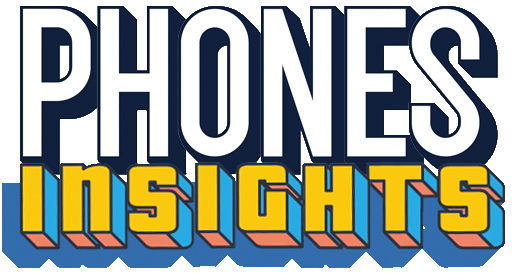What you should know
“`html
- The Seiko Data-2000, released in 1983, was a pioneering digital watch that could store up to 2000 characters of notes with the help of a special keyboard.
- IBM and Microsoft also contributed to the early development of smartwatch technology with their innovative designs.
- Samsung has been a significant player in the wearables market since 1999, starting with the world’s first watch phone, the Samsung SPH-WP10.
- Samsung’s infographic categorizes their wearable devices into four groups: “Watch”, “Headset/earphone”, “Fitness tracker”, and “Ring”, highlighting key milestones in wearable technology.
“`
Full Story
Oh, the journey of smartwatches? It’s a tale as old as time. Well, not exactly – it’s more like a 40-year-old saga. Picture this: it’s 1983, and Seiko just dropped the Data-2000 digital watch. Revolutionary, right? This bad boy let folks store up to 2000 characters of notes. But, catch this, you needed a special keyboard to jot anything down.
Fast forward a bit, and the tech giants IBM and Microsoft decided to throw their hats into the ring. They came up with these sci-fi watches that seemed straight out of a futuristic novel. And then, there’s Samsung. Ah, Samsung. They’ve been in this wearables game since 1999. They’ve churned out devices that some of us remember fondly, while others have faded into the abyss of forgotten tech.
Ever seen that Samsung infographic? It’s like a walk down memory lane, starting with the world’s first watch phone in 1999, the Samsung SPH-WP10. It looked more like a creature from Digimon than a phone, but hey, it was the ’90s.
This infographic is a goldmine, really. It breaks down Samsung’s innovations into four neat categories: “Watch,” “Headset/earphone,” “Fitness tracker,” and “Ring.” And yes, there’s actually a device listed under “Ring” – the Galaxy Ring, unveiled at MWC.
So, there you have it. A brief, somewhat quirky dive into the history of smartwatches. It’s been a wild ride from clunky digital diaries to sleek, do-it-all devices. And who knows what the next 40 years will bring?

